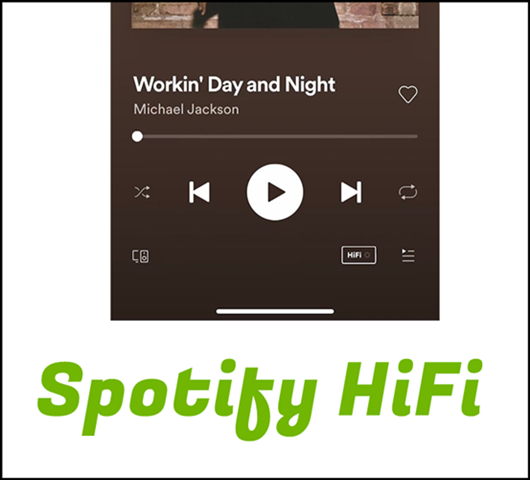Spotify's Hi-Fi Move: A High Note with Silent Undercurrents
Explore the implications of Spotify's long-awaited Hi-Fi audio launch, amidst ongoing controversies and artist revolts.

In an era where technological prowess often masks deeper voids, Spotify's belated leap into Hi-Fi lossless audio could be seen as a welcome upgrade by many music lovers. This move, finally delivering the promised richness of sound without additional cost, might superficially appear as a triumph. Yet, if one listens closely, the silence left by those critical of Spotify’s business dealings speaks volumes.

While offering Hi-Fi audio might seem like the crescendo of a long-awaited symphony, it also uncovers a discordant reality. Competitors like Apple Music and TIDAL have long provided their users with lossless sound, pushing Spotify to play catch-up in a game where they no longer set the tempo. In a bid to reclaim its position in the streaming hierarchy, Spotify attempts to fill the void with quality—a reactionary move rather than a revolutionary one.
However, it is not just about the technology at play. Recent controversies have sparked artist revolts, leaving many playlists devoid of influential voices. Acts like King Gizzard & The Lizard Wizard highlight a significant disconnect between the platform's corporate ventures and the artists striving for authenticity. Their exodus from Spotify, in protest against connections with AI military software developments, suggests a gap that high fidelity alone cannot bridge.

The promise of Hi-Fi might enrich the auditory experience, yet it barely skims the surface of the deeper issues at the heart of the platform. Spotify's challenge isn't merely about providing better sound; it's about truly resonating with the genuine needs and voices of their community. In the quest for quality, the real triumph will be in addressing the underlying discord that persists.

Ultimately, while the allure of clearer sound is undeniable, the real harmony lies in fostering an environment where artists feel heard and valued beyond the decibels. As users turn up the volume, Spotify might do well to turn its ear to the quieter, but far more profound, music of its critics. In this hidden melody, they may find the true pathway to the revolutionary change they seek.




